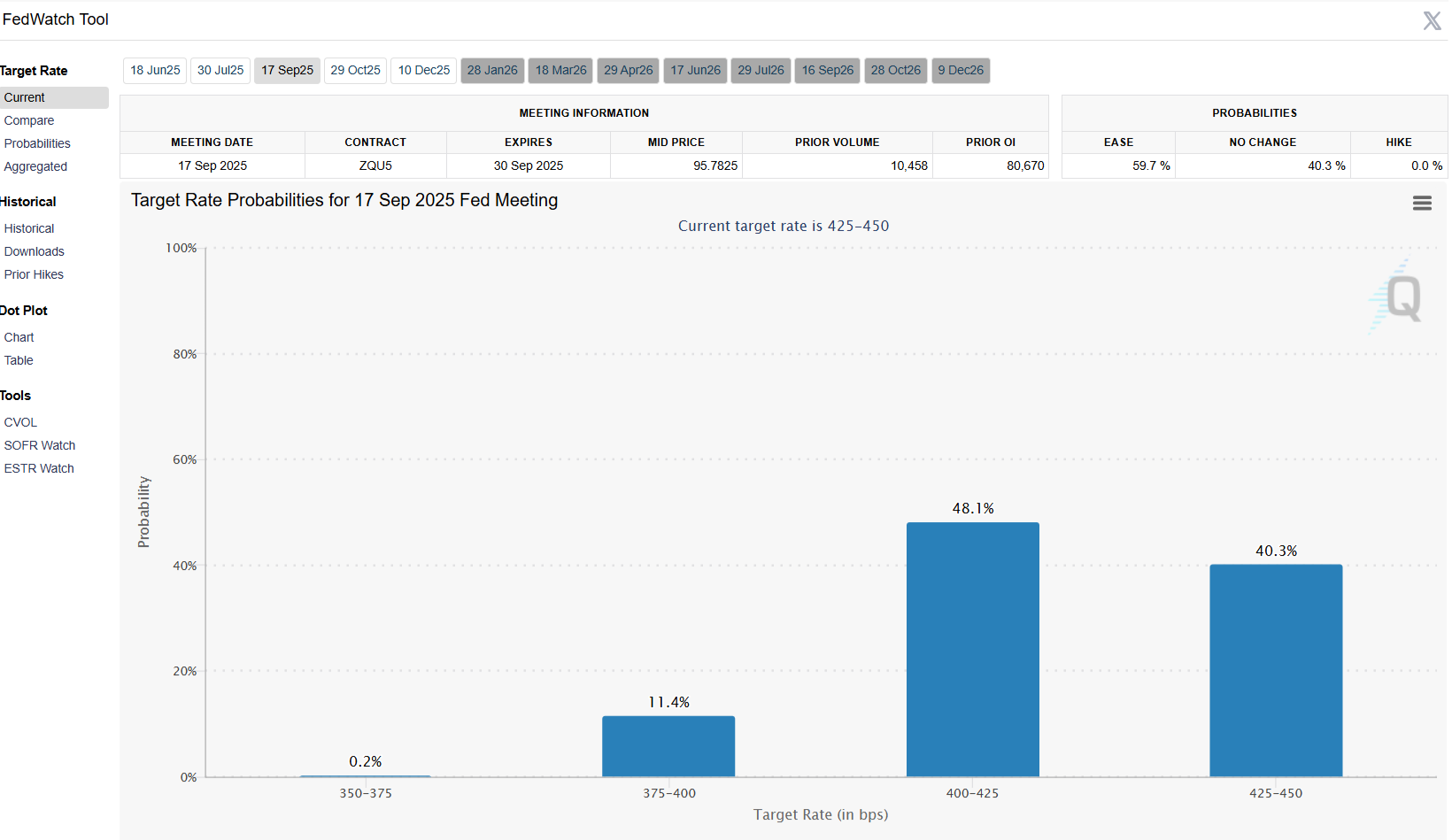Breaking: Fed Minutes showed officials needed more clarity on the outlook

Officials from the Federal Reserve indicated during their most recent meeting that they might encounter “difficult trade-offs” in the upcoming months, with rising inflation occurring alongside increasing unemployment. This perspective was supported by projections from Fed staff that highlighted heightened risks of a recession, as revealed in the newly released Minutes from the May 6-7 session.
In addition, central bank policymakers are faced with a dilemma regarding the rising inflation and unemployment. They must choose between implementing tighter monetary policy to combat inflation or reducing interest rates to foster growth and employment.
This section below was published as a preview of the FOMC Minutes of the May 6-7 meeting at 13:15 GMT.
- The Minutes of the Fed’s May 6-7 gathering are due on Wednesday.
- The Federal Reserve kept the benchmark interest rate on hold, as expected.
- The US Dollar is at risk of piercing its 2025 low amid tariff-related concerns.
The Federal Open Market Committee (FOMC) will release the Minutes of its May 6-7 meeting on Wednesday. Back then, policymakers decided to keep the Fed Funds Target Range (FFTR) unchanged at 4.25%-4.50%, as widely anticipated by market participants.
The Federal Reserve (Fed) adopted a more hawkish stance at the beginning of the year, amid concerns about (DXY) comfortably below the 100.00 mark. The Fed is not expected to adopt a dovish stance, meaning that most of what they could reveal is aligned with what the market already knows. The FOMC Minutes should then have a limited impact on the DXY.
Valeria Bednarik, Chief Analyst at FXStreet, says: “The DXY trades not far above the multi-month bottom posted in April at 97.91, and the risk skews to the downside, according to technical readings in the daily chart. The index develops below all its moving averages, with a flat 20 Simple Moving Average (SMA) providing resistance at around 100.20. Gains beyond the latter expose the 101.00 area, ahead of the May peak at 101.98. Still, such an advance seems out of the picture, given limited buying interest. Technical indicators in the mentioned time frame advanced, but remain well below their midlines, falling short of supporting a steady advance.”
Bednarik adds: “On the other hand, relevant support comes at 98.70, May monthly low. A bearish breakout exposes the mentioned April low, followed by the 97.50 region.”
Interest rates FAQs
US Dollar FAQs
The US Dollar (USD) is the official currency of the United States of America, and the ‘de facto’ currency of a significant number of other countries where it is found in circulation alongside local notes. It is the most heavily traded currency in the world, accounting for over 88% of all global foreign exchange turnover, or an average of $6.6 trillion in transactions per day, according to data from 2022.
Following the second world war, the USD took over from the British Pound as the world’s reserve currency. For most of its history, the US Dollar was backed by Gold, until the Bretton Woods Agreement in 1971 when the Gold Standard went away.
The most important single factor impacting on the value of the US Dollar is monetary policy, which is shaped by the Federal Reserve (Fed). The Fed has two mandates: to achieve price stability (control inflation) and foster full employment. Its primary tool to achieve these two goals is by adjusting interest rates.
When prices are rising too quickly and inflation is above the Fed’s 2% target, the Fed will raise rates, which helps the USD value. When inflation falls below 2% or the Unemployment Rate is too high, the Fed may lower interest rates, which weighs on the Greenback.
In extreme situations, the Federal Reserve can also print more Dollars and enact quantitative easing (QE). QE is the process by which the Fed substantially increases the flow of credit in a stuck financial system.
It is a non-standard policy measure used when credit has dried up because banks will not lend to each other (out of the fear of counterparty default). It is a last resort when simply lowering interest rates is unlikely to achieve the necessary result. It was the Fed’s weapon of choice to combat the credit crunch that occurred during the Great Financial Crisis in 2008. It involves the Fed printing more Dollars and using them to buy US government bonds predominantly from financial institutions. QE usually leads to a weaker US Dollar.
Quantitative tightening (QT) is the reverse process whereby the Federal Reserve stops buying bonds from financial institutions and does not reinvest the principal from the bonds it holds maturing in new purchases. It is usually positive for the US Dollar.
